Atomionics

Embedded Systems Engineer (July 2019 - current)
Research Assistant (Jan 2019 - May 2019)
Startup developing cold-atom interferometry based sensing and navigation systems.
At Atomionics, we're developing 'Gravio', a portable cold-atom interferometer which will be able to measure gravitational acceleration with high degree of precision and sensitivity. I work on the development of its engineering aspects - laser and locking systems, control systems, microwave frequency generation, etc. As the company's first employee, I set up our atomic physics lab, and have been involved and working on several aspects of the product development process.
India-based Neutrino Observatory, TIFR

Visiting Research Student (Jul 2018 - Dec 2018)
Supervisor: Dr. B. Satyanarayana
Veto Detector for mini-ICAL
A cosmic ray veto detector for veto-ing out triggers generated by charged particles from cosmic ray showers to enable neutrino interaction analysis with the mini-ICAL detector set-up on ground level
The India-based Neutrino Observatory is a multi-institutional project to develop an underground observatory for non-accelarator based high energy and nuclear physics. The ICAL, or Iron Calorimeter detector is used for studying neutrinos. The mini-ICAL is a scaled down version of the ICAL detector. A research-phase proposal to establish the observatory on ground level instead of underground requires an efficient method to prevent charged particles from cosmic rays from reaching the ICAL detector. Hence, a veto detector engulfing the ICAL detector has been proposed. The application draws inspiration from the veto detector for Mu2E detector at Fermilab.
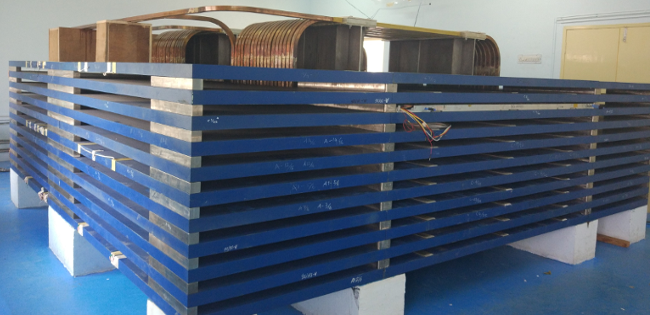
The mini-ICAL detector
I designed front-end readout system, which consists of a small front-end board, which fits on top of the scintillator face, thereby directly coupling with the WLS fibers. The signal from the SiPMs is then processed by a distinct board. A microcontroller or a FPGA can be used to obtain timing and charge information. The system also allows experimenter to design their own coincidence trigger logic, vary signal thresholds and pulsewidths. Design files available HERE
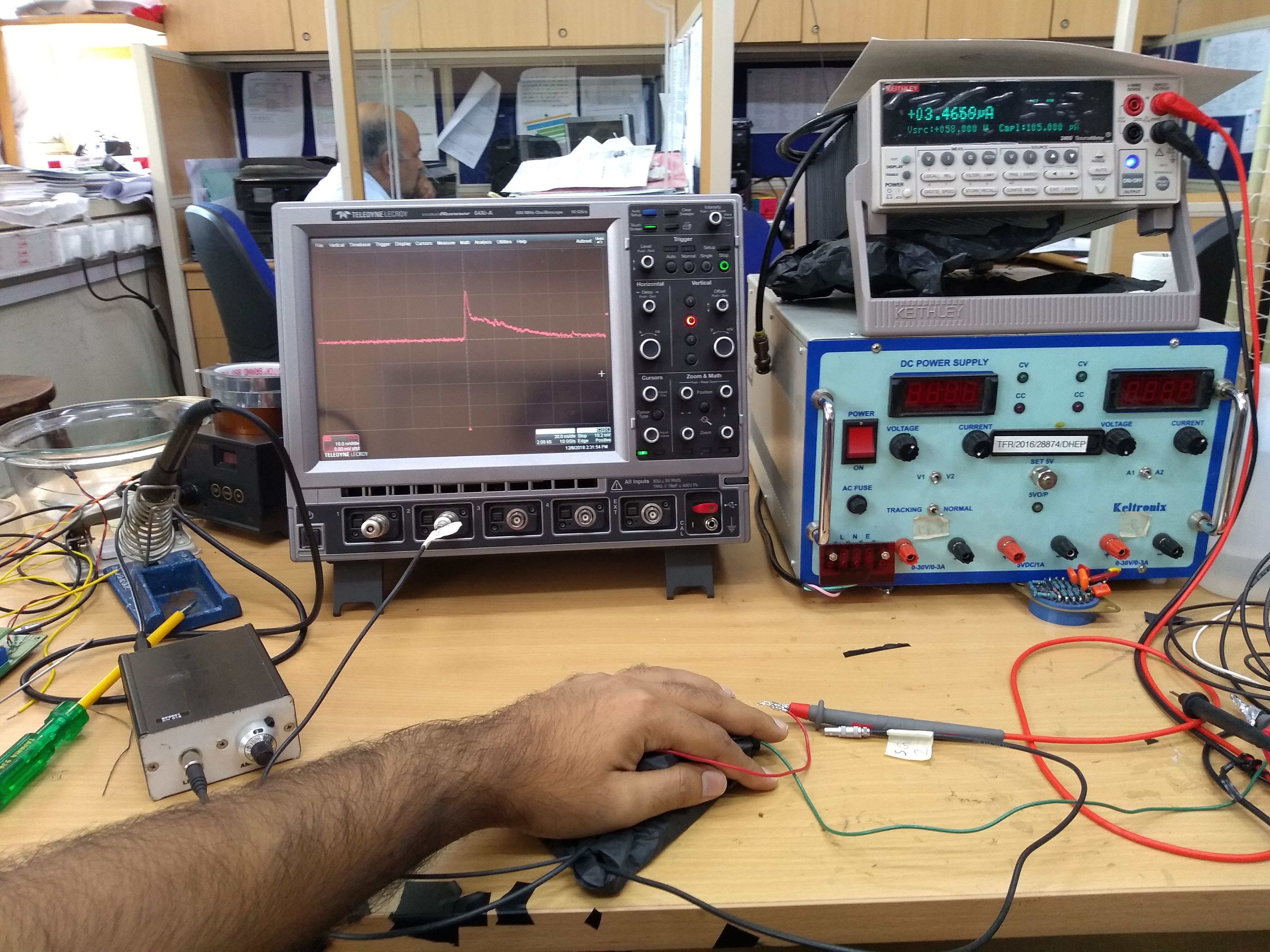
Dark current test of the front-end board (wrapped in black paper)
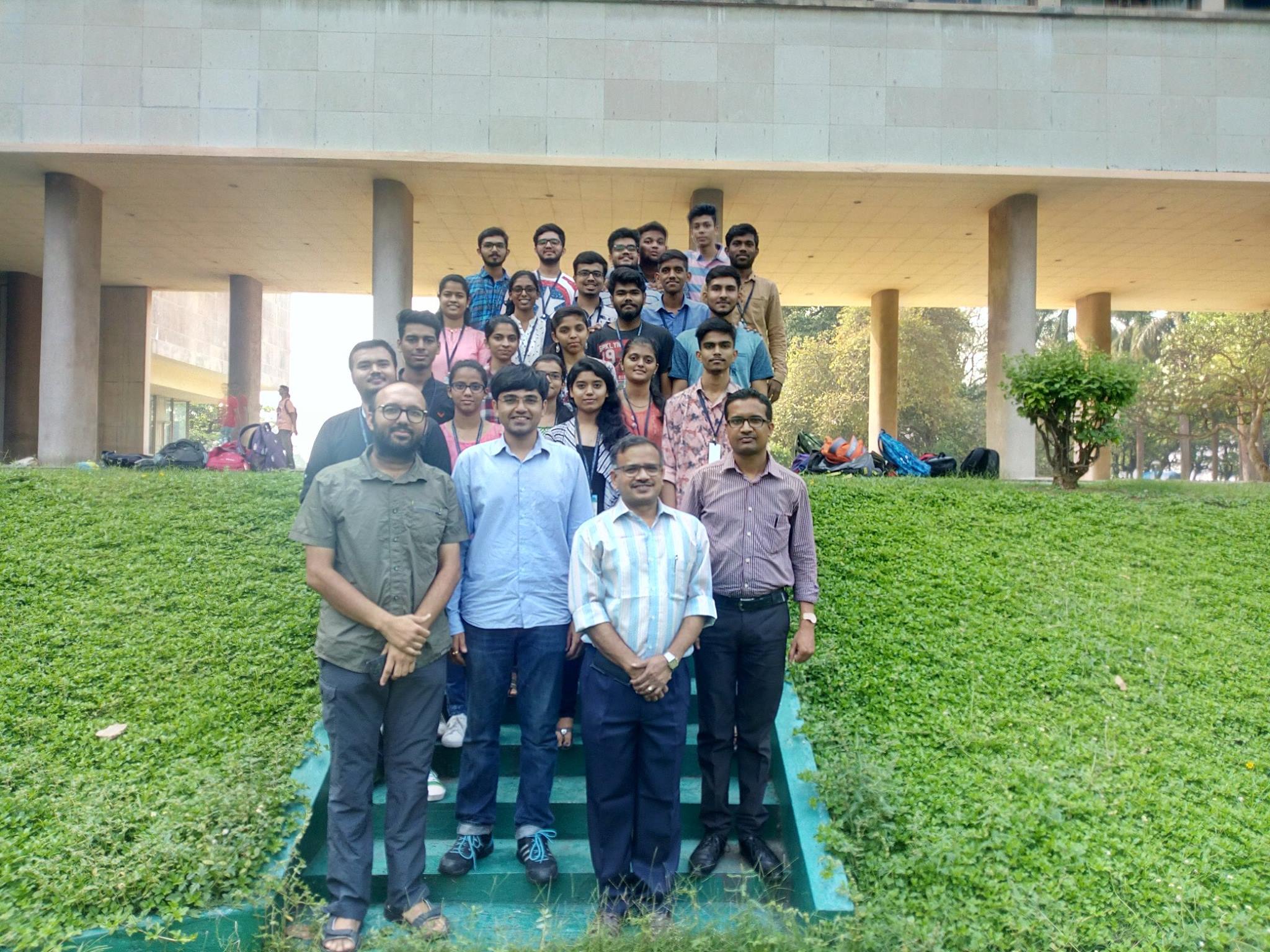
At an outreach event at TIFR, with my supervisor and students
Track reconstruction using deep neural networks
Neutrinos and anti-neutrinos interact differently with atomic nuclei. Neutrino interaction produces leptons, whereas antineutrino interaction produces antileptons. The ICAL (Iron Calorimeter) at the India-based Neutrino Observatory (INO) consists of stacked layers of Resistive Plate Chambers (RPCs) between iron cores. These RPCs detect the particle generated by the interaction with the iron nuclei. Electromagnets are used to identify the charge of the emitted particle, its energy and momentum.Currently, Kalman filters are used for the reconstruction of the track fit. My effort revolved around investigating the feasibility of implementing a Deep Neural Network based algorithm to reconstruct the tracks, and compare the efficiency with current methods. I'm attempted at solving this as a regression problem and trying to construct a suitable model using Keras as a development framework. Feel free to write to me with your inputs and insights on this problem.
Pixxel
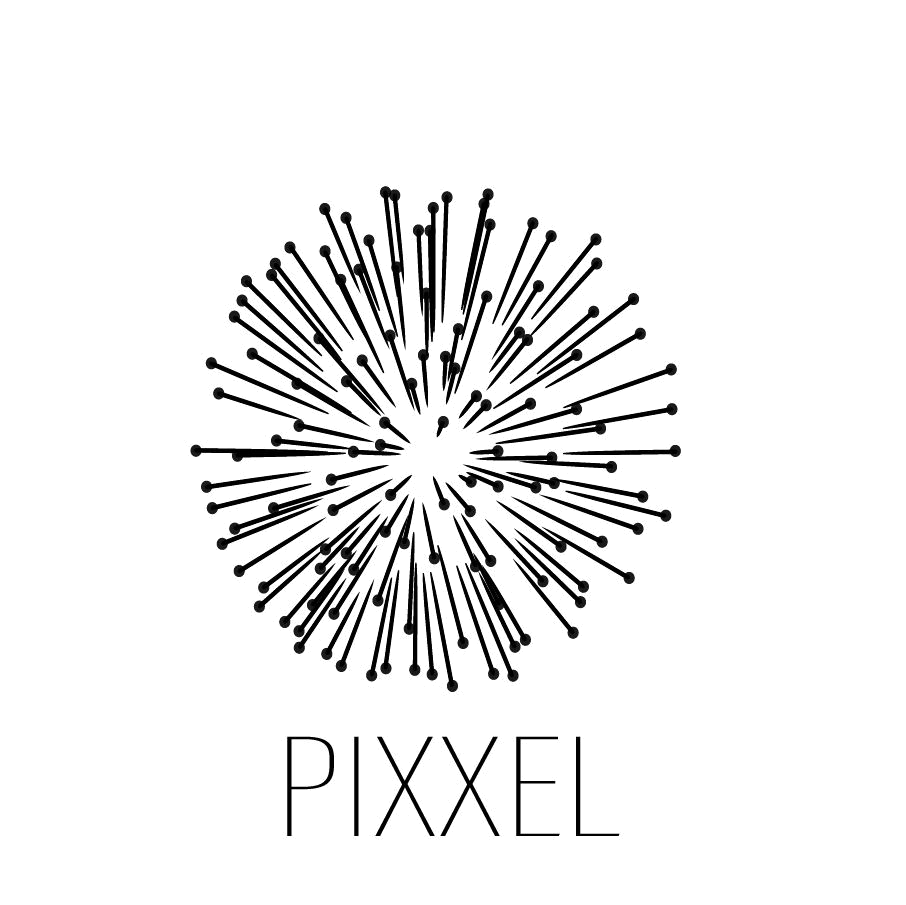
Co-founder (Aug 2018 - Dec 2018)
Startup aimed at acquiring, processing and analysing earth imagery by developing and deploying a constellation of nanosatellites
At Pixxel, we aim to develop a constellation of nanosatellites which provides a near real-time access to earth imagery, enabling several industries and communities to become more advanced and efficient in their processes. We aim to launch our proof-of-concept nanosatellite as early as July 2019.
Our constellation will incorporate hyperspectral and optical imageries. We plan to ride on the "new space" tide of space startups, enabling efficient development and affordable launch costs.
NASA Langley Research Center

Worked Remotely for BATAL(Feb 2018 - May 2018)
Supervisor: Dr. Jean Paul Vernier
Designed an airborne nitrogen-oxide (NOx) measurement payload
Satellite observations have shown a recurrent aerosol layer, called the Asian Tropopause Aerosol Layer (ATAL). The ATAL was confirmed through solar occultation observations by Stratospheric Aerosol and Gas Experiment (SAGE) II. Analysis of long-term satellite measurements of UTLS (Upper Tropospheric Lower Stratospheric) aerosols suggests that ATAL’s aerosol optical depth has increased by 2-3 times since the late 1990’s pointing out its possible connection with Asian pollution growth. The presence of aerosol near the tropopause could impact the Earth’s radiative balance, and the properties of cirrus clouds. The ATAL appears to be a significant player in the Earth’s radiative budget of the Northern Hemisphere at decadal scale. Aerosol near the tropopause can potentially affect stratospheric ozone and also alter the properties of TTL (Tropical Tropopause Layer) cirrus clouds. To better understand the nature, formation, and impacts of the ATAL, a series of balloon field campaigns have been organized since 2014, called the BATAL project.
The payload has been designed to determine nitrate concentration levels in the UTLS regions of earth's atmosphere by being deployed on a High Altitude Balloon (HAB) flight. The reaction between nitrate and ozone releases photons in the near-IR spectrum. This phenomenon is called chemiluminescence. The intensity of the light emission is measured using an SiPM to estimate the nitrate concentration. The payload is used to conduct an online analysis of the sample gas and transmit the data to the ground station over a telemetry channel.
Project Apeiro
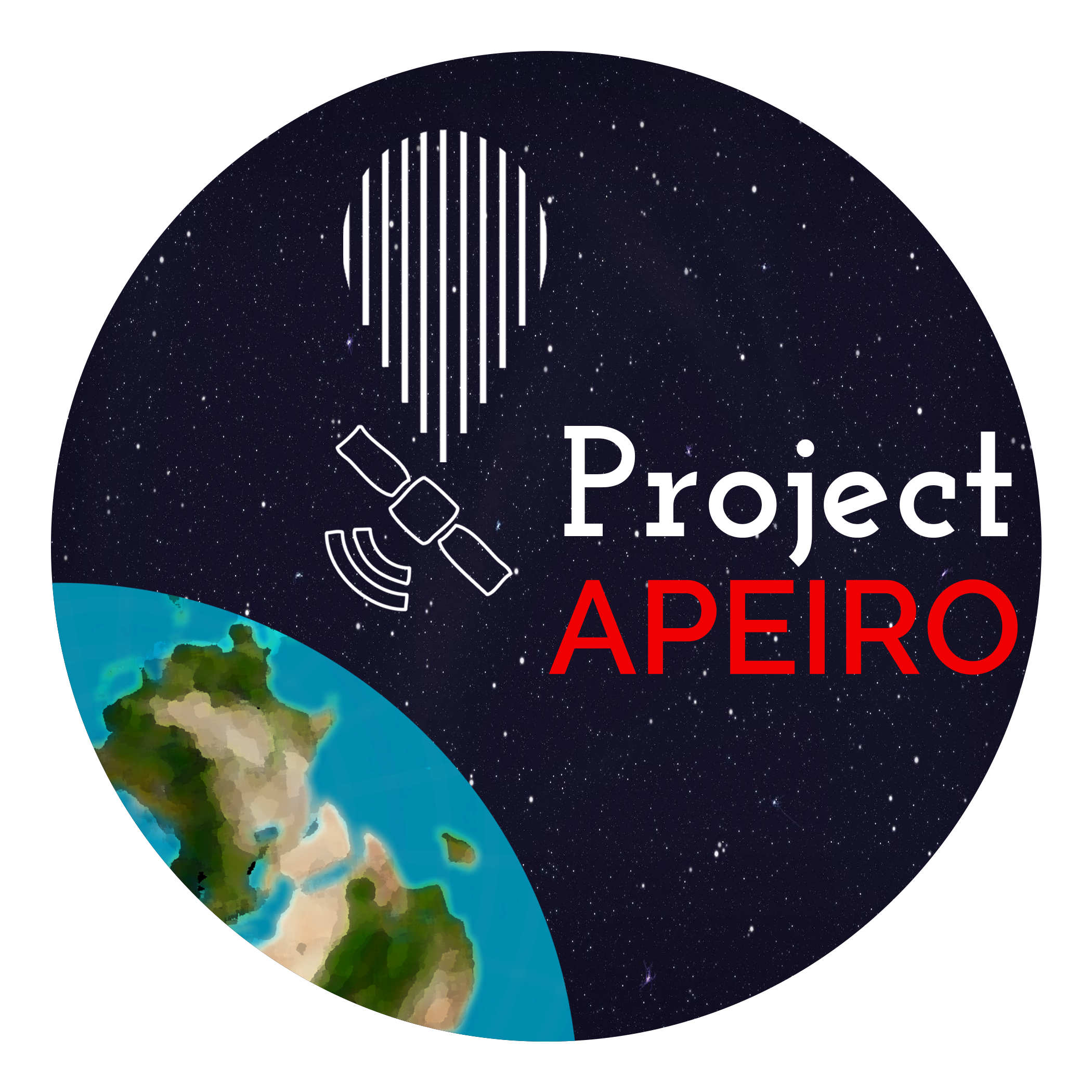
Team Leader (Oct 2014 - May 2018)
High Altitude Balloon (HAB) borne experiment to determine cosmic radiation flux in lower stratospheric regions of the Earth's atmosphere
The flight was successfully conducted from the National Balloon Facility in Hyderabad on 2nd February, 2018, making it the country's first student-led near-space experiment. Further details about the flight, payload and other technical documentation can be found here:
Press Release Design Report Website Facebook page
Technical Information:
1. The setup uses 3 detectors stacked vertically to obtain a coincidence trigger.
2. The detectors are constructed using Photomultiplier Tubes (PMT) coupled to plastic scintillator blocks using optical glue.
3. A hardware fast data acquisition system is designed to process the detector signals and measure the flux.
4. A highly regulated high voltage power supply system is designed to ramp up the battery voltage to the operational voltage of the PMTs (in kV range).
5. A temperature and pressure sensor, intertial measurement unit and GPS are used.
6. TI MSP432 based microcontroller is used. An EEPROM is used for data storage.
7. Experimental data is encoded and transmitted over S-band to the ground station.
8. The setup was passed through environmental chamber test, EMI test and long duration test.
9. Flight was conducted using a 3,000 m^3 volume zero pressure plastic balloon.
10. Two float altitudes achieved (first time in India): 24.8 km and 26.7 km.
Background Information:
As a child, I always wanted to become an astronaut and go to space. When I started studying engineering, I realised I could build something that goes to space. Project Apeiro, was my strive to reach space. My University did not have any active student satellite program and starting a new mission seemed impractical due to several reasons. Firstly, I was a freshman with questionable knowledge about any sort of engineering. Moreoever, the typical duration for a student satellite mission seemed to extend beyond the duration of my engineering studies. Eventually, I started working on a near-space mission, which had similar challenges as a space mission, but seemed more pragmatic. The payload was decided to be a cosmic radiation flux measurement instrument. We used the facilities and expertise of the Dept. of High Energy Physics at TIFR Mumbai to develop the payload. Experts from the Astrosat group adviced us with making our payload flight-worthy. We designed, manufactured, integrated and tested the instrument for the flight.

With Sri. Madhavan Nair, Chairman, ISRO, 2003-09
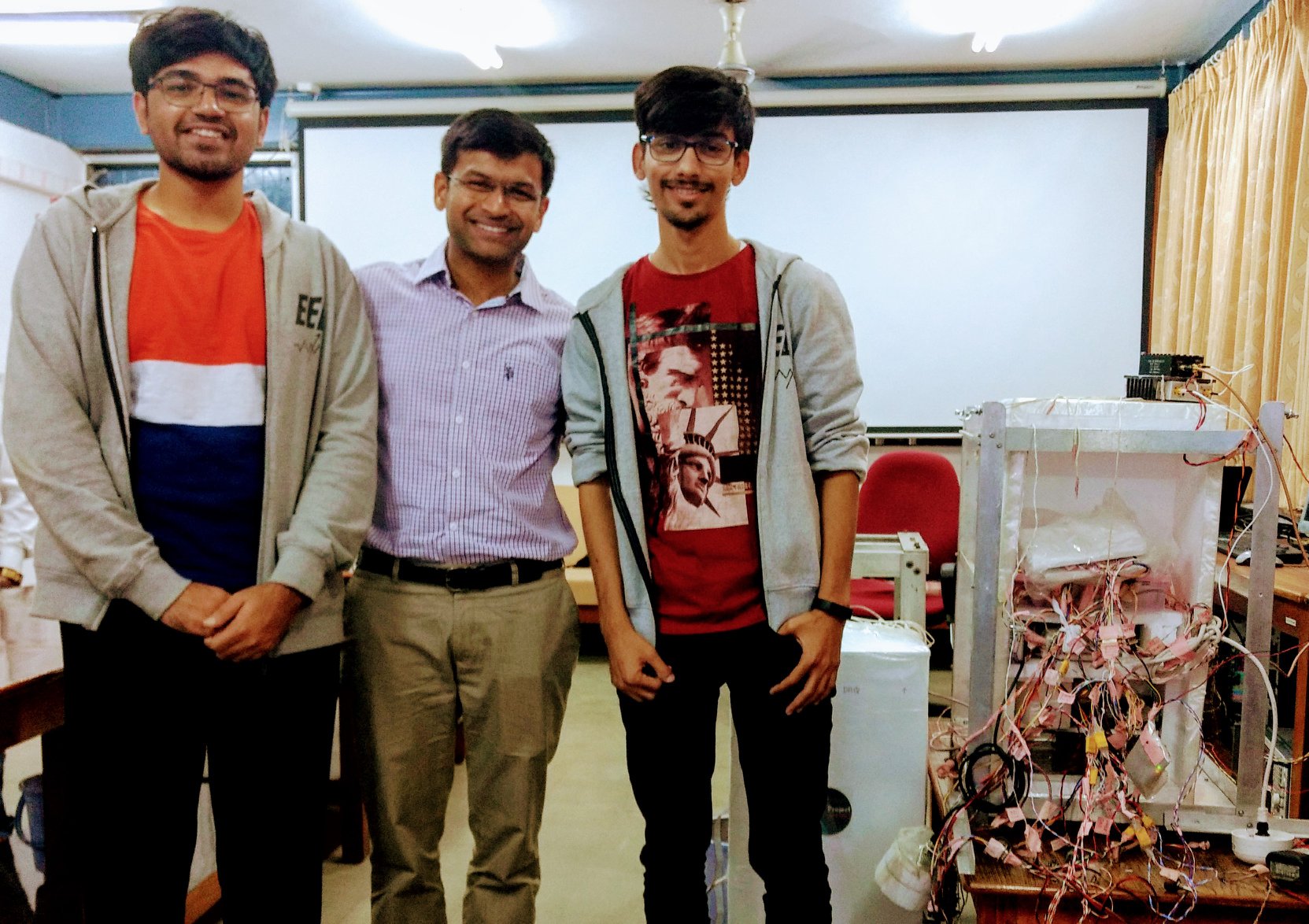
With Phanindra Sama, Chief Innovataion Officer (CIO), Telangana State
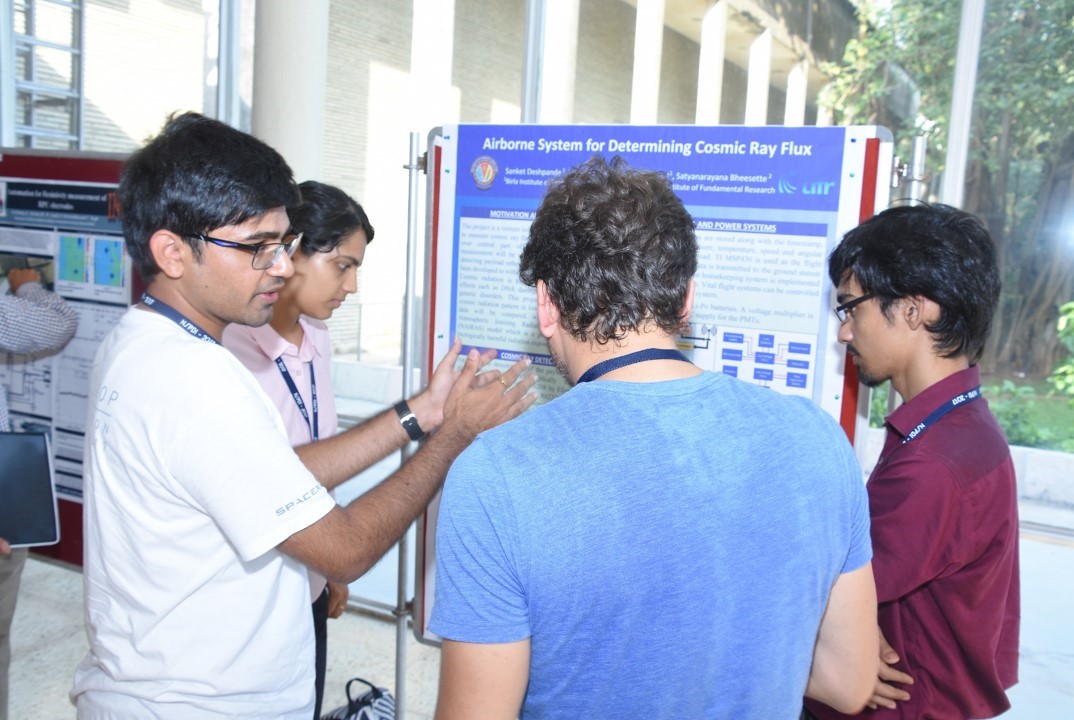
At NSPDI, 2017
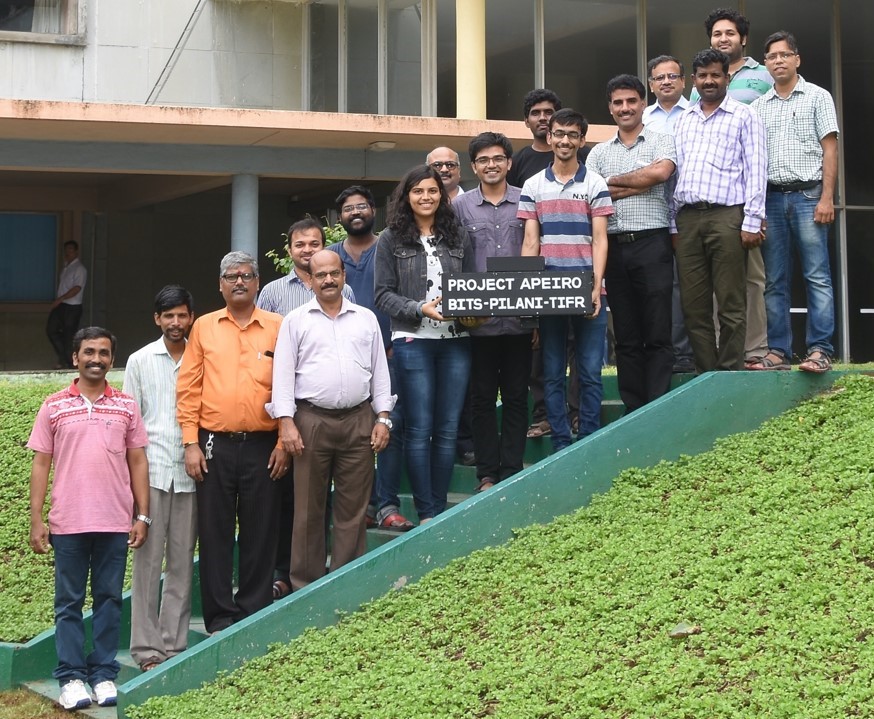
At TIFR, Mumbai
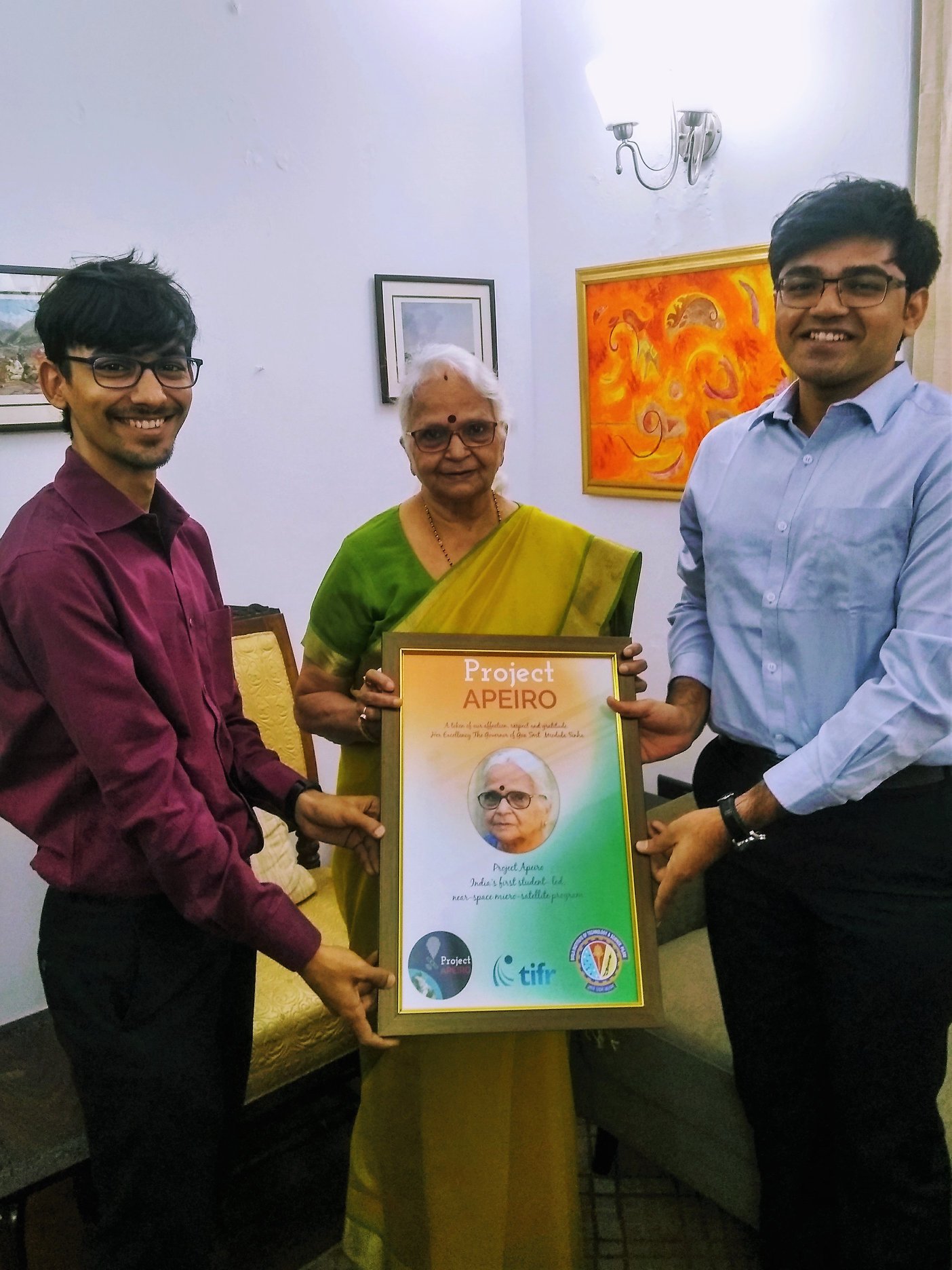 With Smt. Mridula Sinha, Governor, Goa
With Smt. Mridula Sinha, Governor, Goa
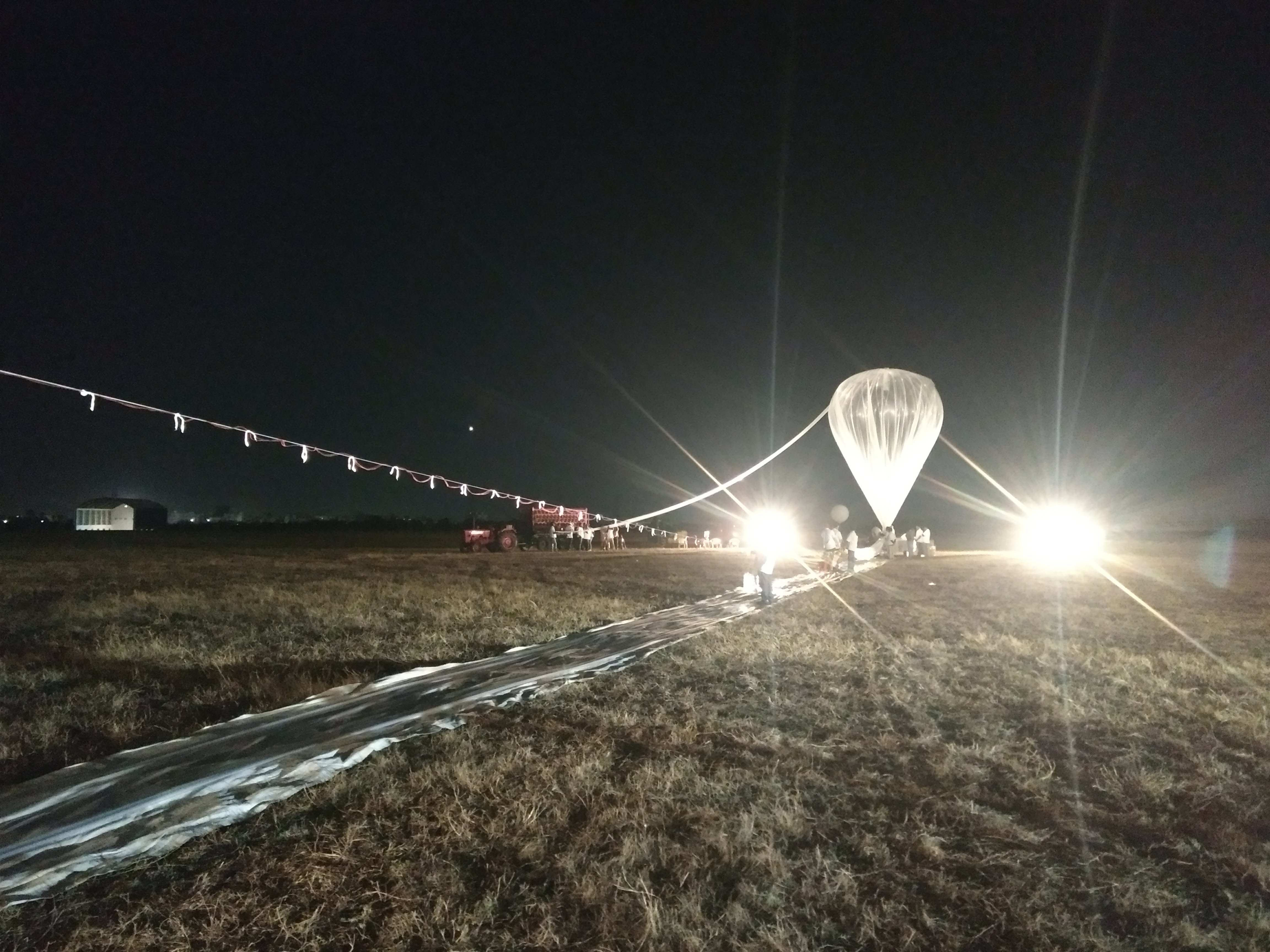
Launch on 2/2/18
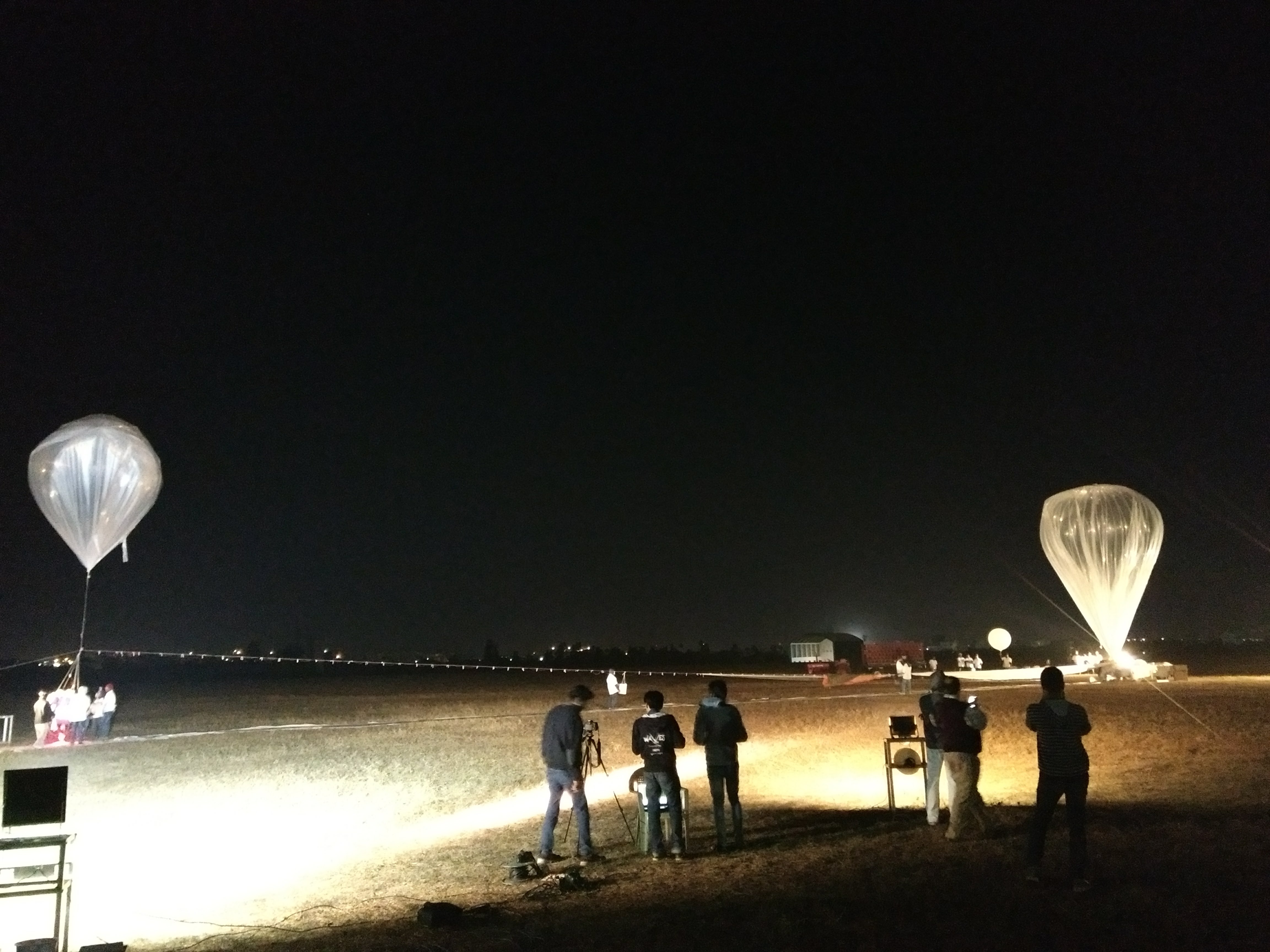 Launch on 2/2/18
Launch on 2/2/18

Payload against the moon
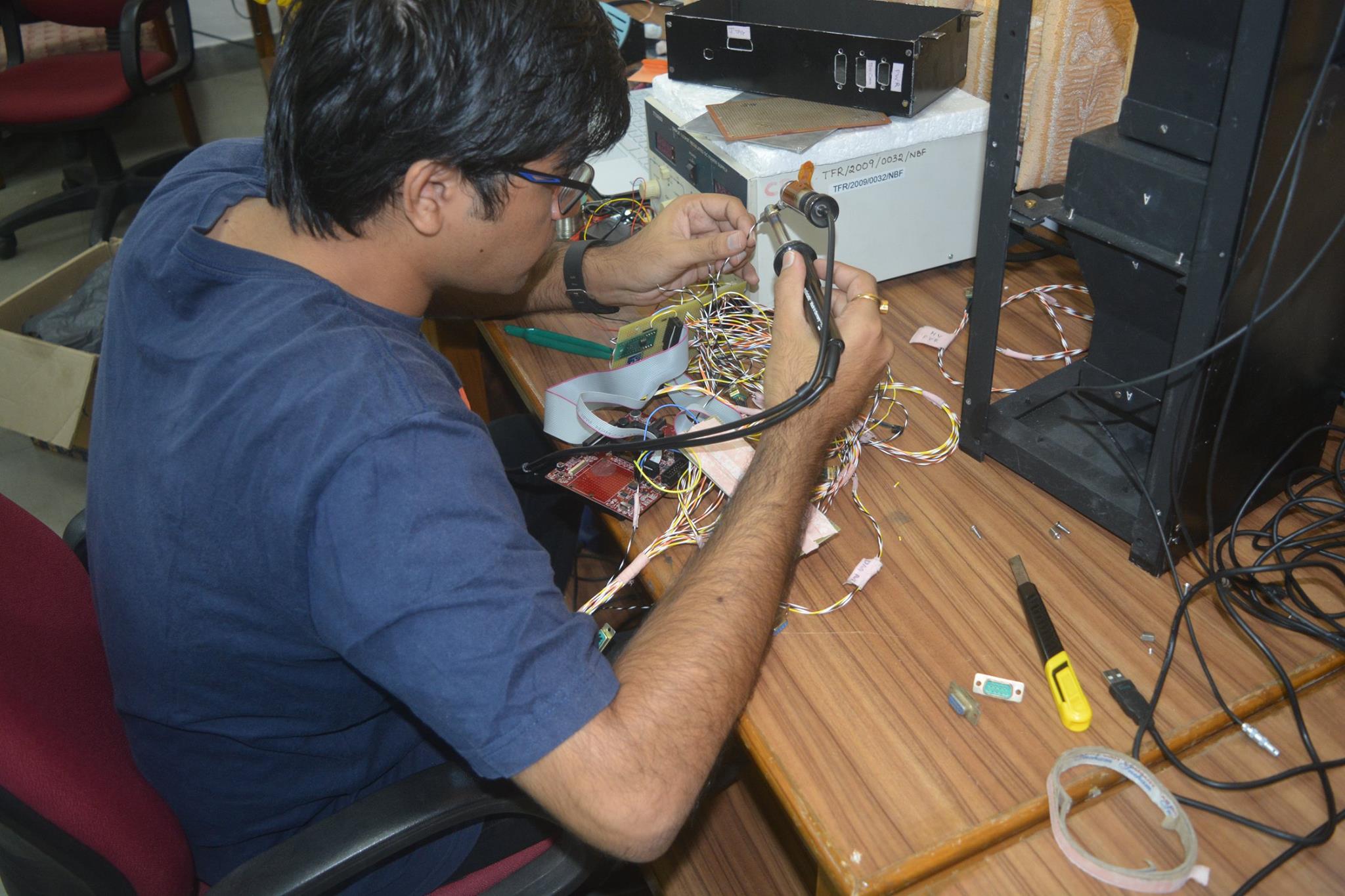
 With the ground control team
With the ground control team
Hyperloop India

Team Member (Mar 2017 - Sept 2017)

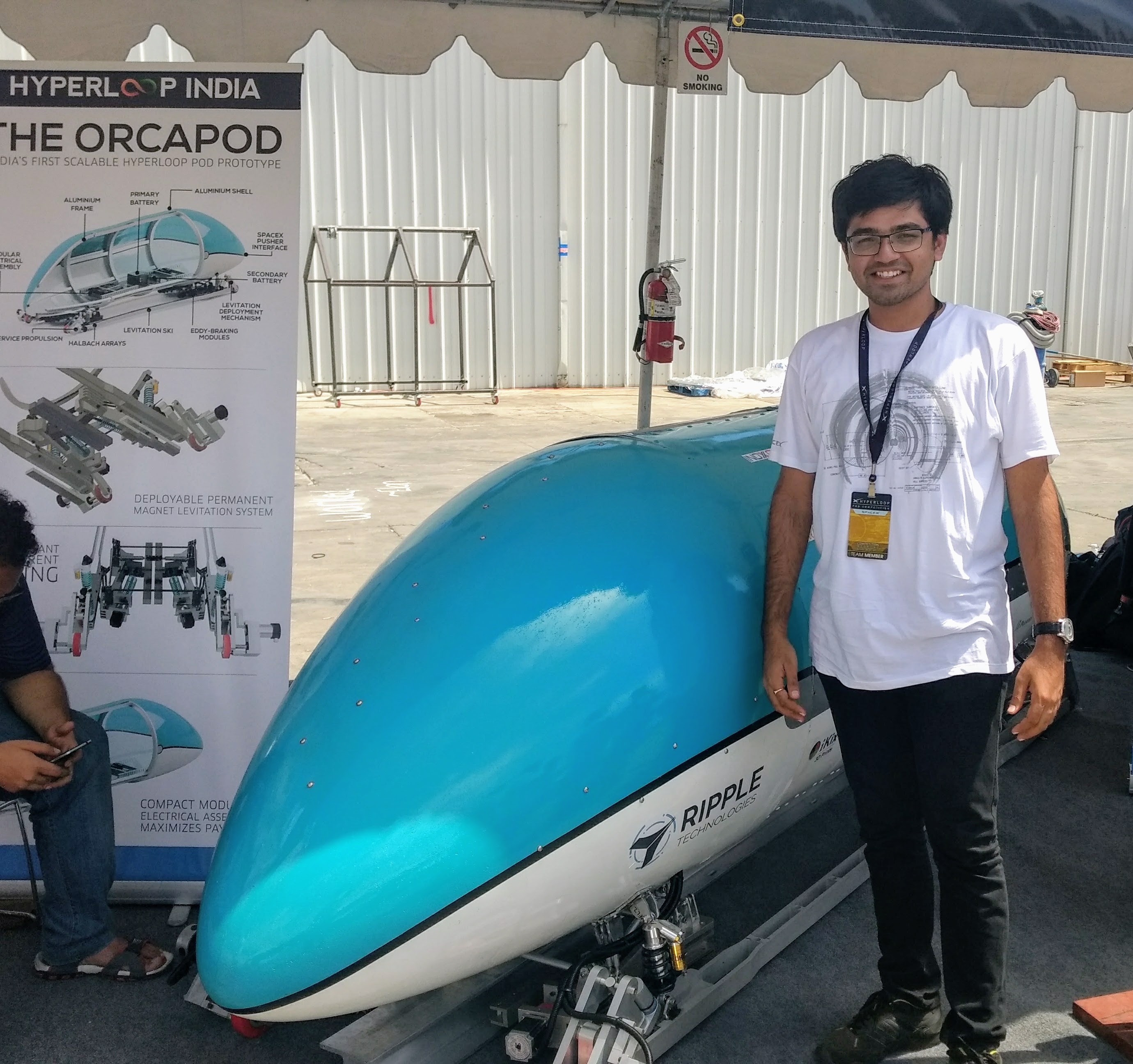


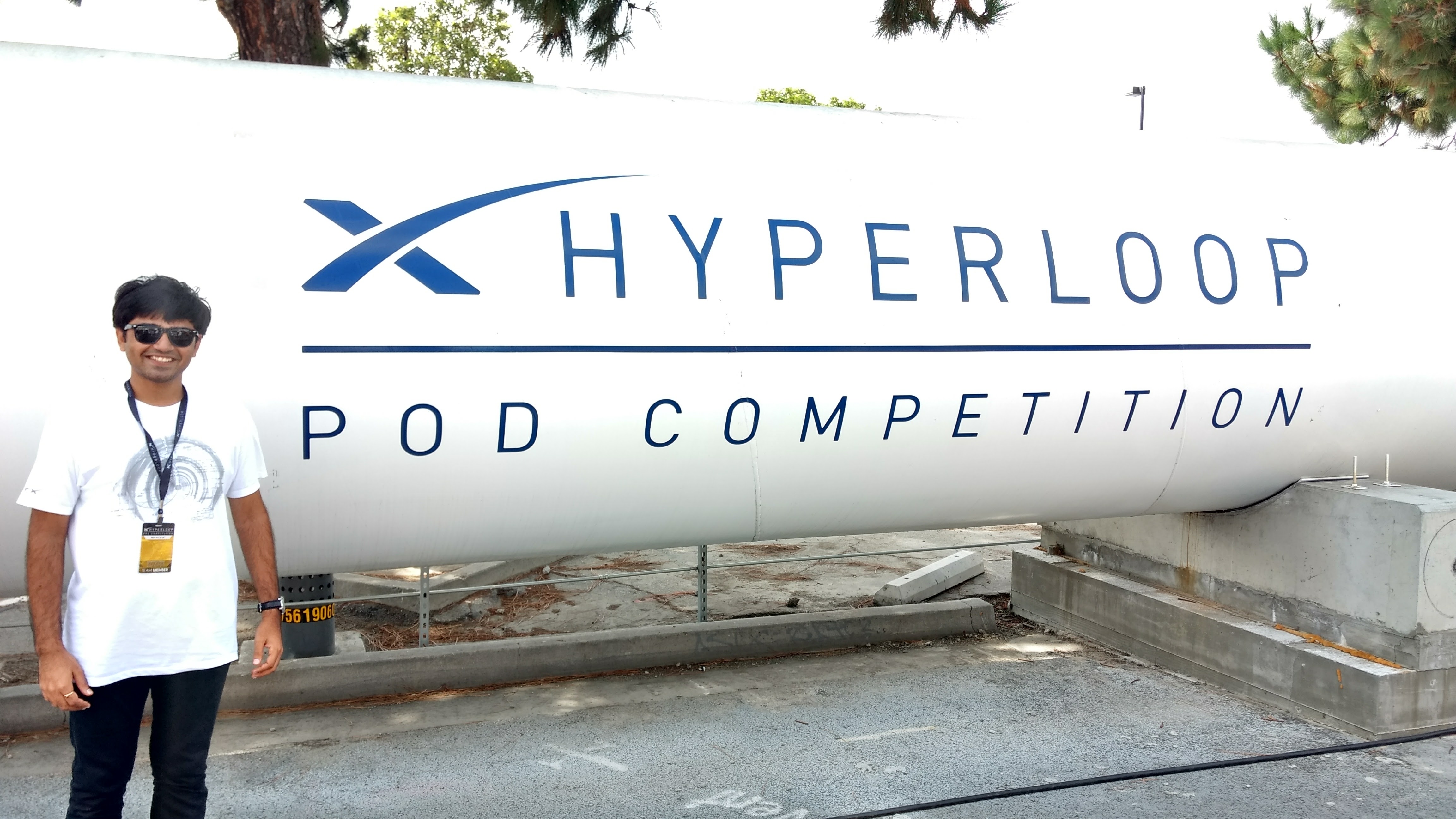
Project Mudra

Founding Member (Sept 2015 - Apr 2016)
One of the key achievements of the startup, when I was there, is winning the UKTI Tech Rocketships Competition 2016. The team presented the device to the Duke and Duchess of Cambridge during their visit to India in 2016.
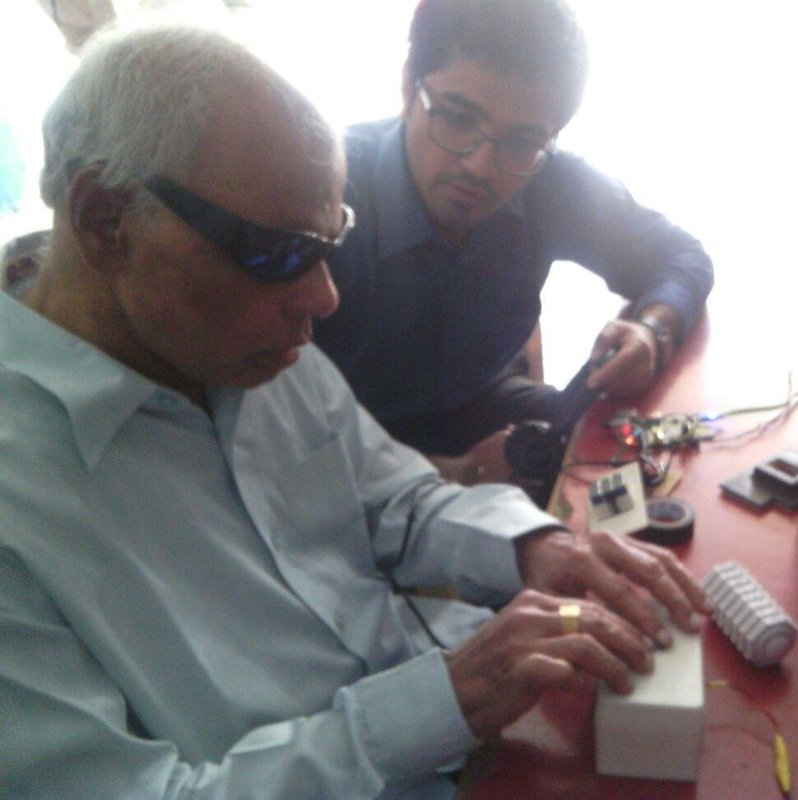
GRAPES-3, TIFR

Intern (May 2016 - Jul 2016)
Supervisor: Dr. P.K. Mohanty
My project focused on developing probabilistic tracks of muons detected in the large area muon detectors. I used CORSIKA to simulate the cosmic ray shower and CERN ROOT to develop an algorithm which could analyse the recorded data and determine the angle of inclination of a cosmic radiation shower and hence help in identifying the origin of the shower.
Github